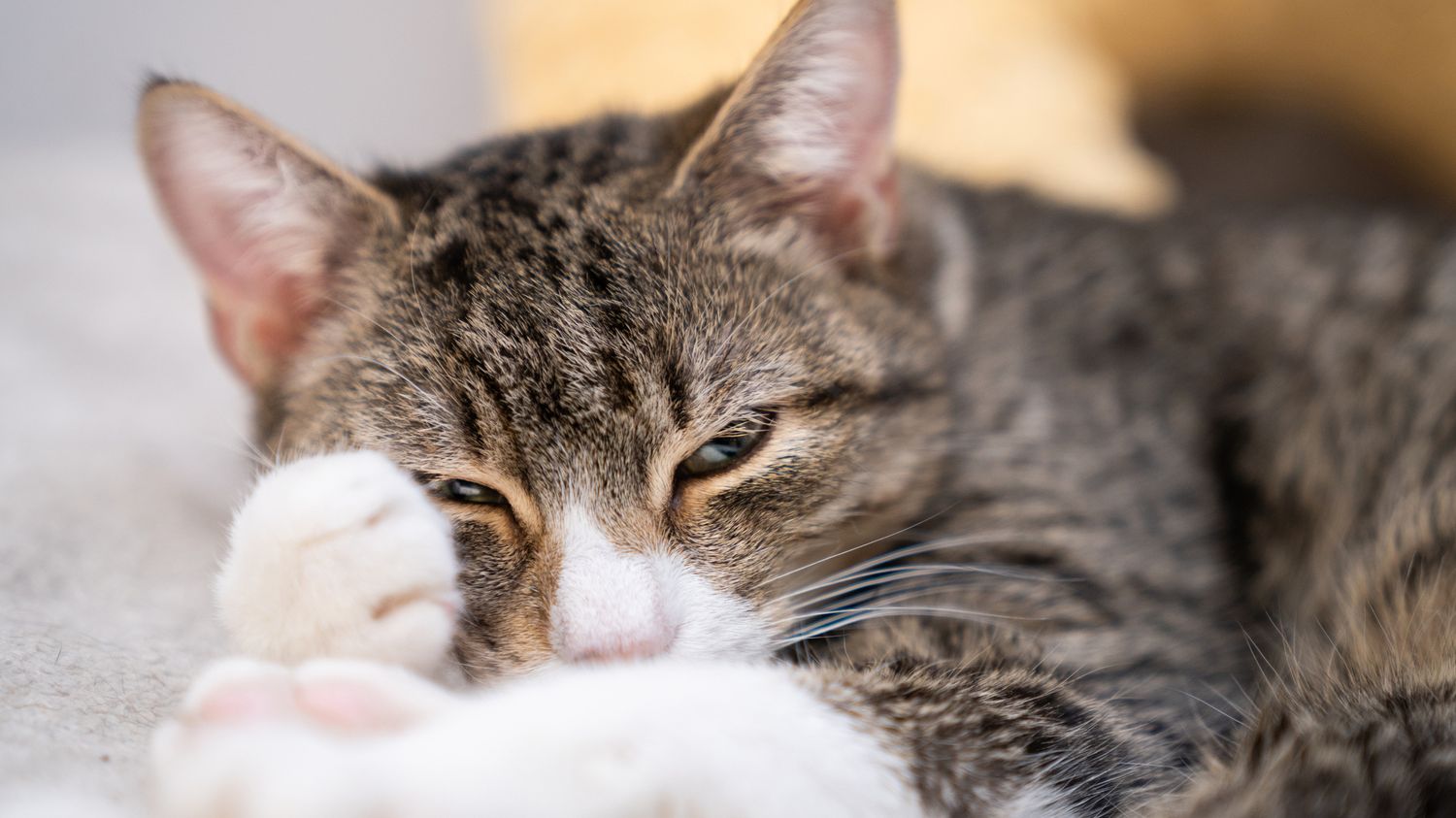Researchers have just studied cat purring. Until now, it was a mystery. It has been discovered that cats have some kind of pads, integrated into the vocal cords, hence this soothing and relaxing purr.
Mathilde Fontez, editor-in-chief of the scientific magazine Epsiloon, lifts the veil on a mystery that fascinated us all, the purring of our cats. And we now look at them and listen to them in another way.
franceinfo: A team of bioacousticians from the University of Vienna has just understood how they purr…
Mathilde Fontez: It was a mystery. It’s true that it’s hard to believe: what’s more familiar than the purring of a cat. It’s not like it’s some exotic species, some strange insect hidden deep in the jungle. But until then, purring posed a problem for biologists.
It is not produced by vocal cords?
We thought it wasn’t possible. It’s all a matter of frequencies: purring is a very serious sound, a low frequency sound: 20 to 30 hertz only – a man’s voice is 140 hertz. This is a type of sound not usually found in small animals. Only large animals, with long vocal cords, are normally capable of producing such sounds. This is the case of the elephant for example.
Cats are rather small, their vocal cords are short, so they should express themselves only in high frequencies. This is actually what they do when they meow. So there were hypotheses, such as the very rapid contraction of the laryngeal muscles, but no conclusion…
And today we know…
This team of bioacousticians found the cats’ trick: they discovered unusual masses of fibrous tissue, embedded in the vocal cords. Kind of little pads, 4 millimeters in diameter. These pads had been seen before, but no one had found their function.
They are the key to purring: they increase the density of the cat’s vocal cords. They weight the ropes, in a way. And that’s what allows them to produce this very low sound. Which also means that when the cat purrs, it’s like when it meows, it’s the same mechanism, a means of expression, and not just a muscular contraction.
